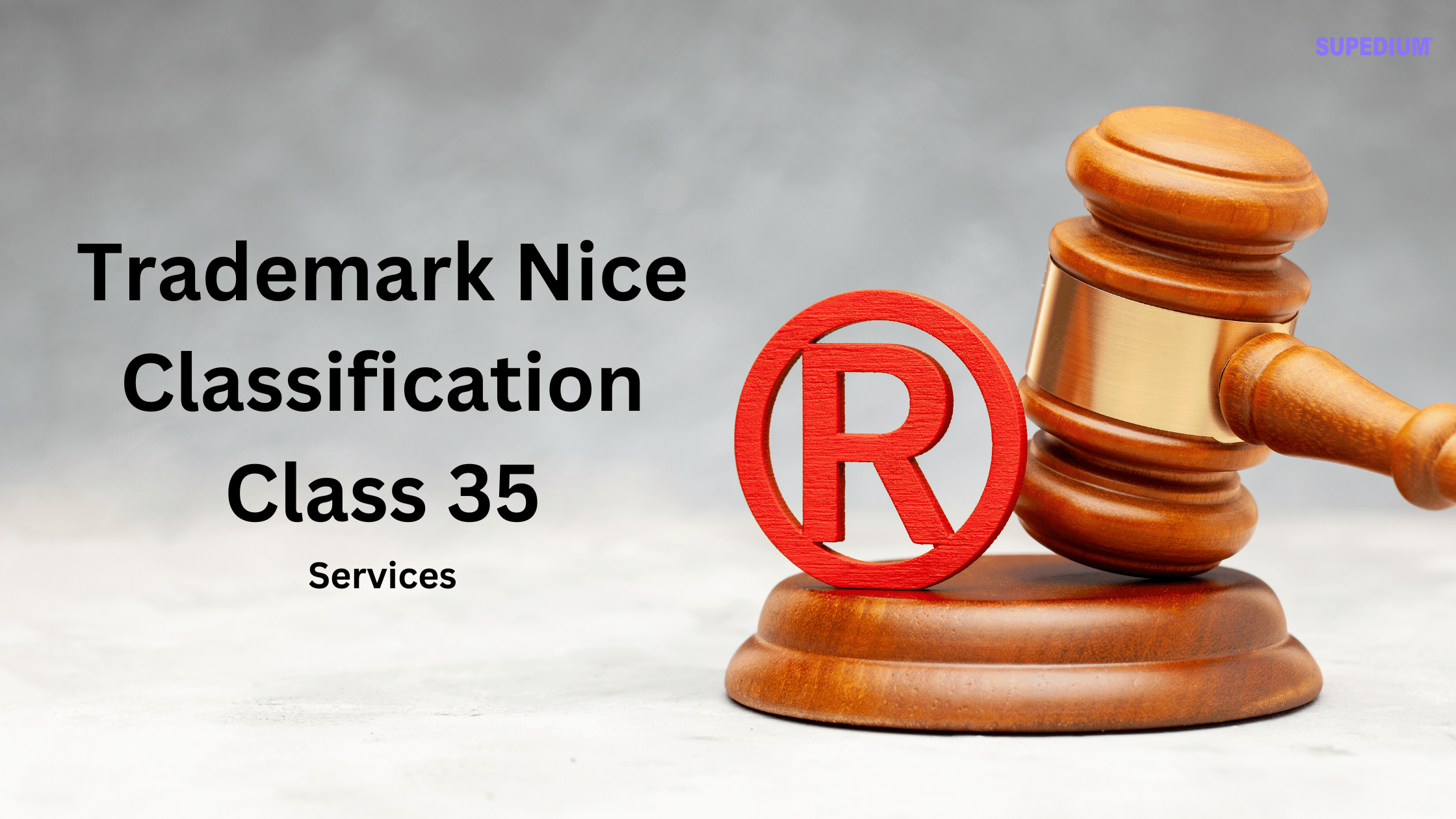Table of Contents
![]()
It is a great choice to go back to the basics, especially learning about design principles to create your next presentation. Occasionally, terrible things can happen to us out of nowhere if we undervalue the pitch deck fundamentals. As we have seen, some design compositions look pretty messy without attention. Hence, by understanding the design principles we can swap our presentation to look more fabulous, easy-to-follow, and visually pleasing.
Without further ado, we break down the twelve presentation design principles to ponder and give you a little inspiration to dodge your presentation design from plainness.
Find inspiration, research, and experiment
Designing our presentation will not go perfectly without exploring knowledge with in-depth research. Let’s gain more inspiration here and outside to improve it better. Then, don’t stop learning to do the experiments of your design skill. However, if you are stuck, there are many sites that you can visit to gather inspiration for your presentation design. Some examples include RRSlide, Dribbble Behance, and Creative Market.
Arrange our content
We make a common mistake when designing the slides without creating an outline for the content. Our topic with the best content and ideas will be performed useless if it is not organized coherently. Not only confuse the audiences, but we will also find it challenging to design the slides. One way to manage the content is to create an outline to make it clear and concise. After deciding the points, start arranging them to transition from one to another smoothly.
One idea per slide
Everyone gets overwhelmed with a sea of information. There is also a logical reason behind this. Low memory can happen when our audiences divided their attention between reading the text on the slide and listening to our speech. Must think about these outlines:
- Identify the main points
- Assign one slide per point idea
- Elaborate the details like the sub-points in our remarks or put it under the notes as reference.
Hence, ‘less is more’ when it appears on presentation slides. It boils to crumble the content so that our audiences can understand and keep up with it.
Visual hierarchy
The second presentation design principle will tell us about visual hierarchy. Please think about the audience’s eye movements as they look at the slides. Plus, the visual hierarchy provides a wide assortment of elements to create an endless number of unique visual designs. The visual hierarchy includes:
Shape
The shape of elements can convey purpose. For example, the rounded shape looks more engaging than a pointed shape. Indeed, we can engage our audiences by organizing a variety of icons.
Size
The element size is relative. It can alter in proportion depending on different factors, such as purpose. When designing our presentation, keep in mind the various elements should be required. Consider thinking about the appearance, icon size, resolution, and the balance of details on the layout.
Contrast
We can use color, shape, and size alone in harmony to show the concept of contrast. Use contrast to distinguish elements. We can notice the difference when the elements are displayed in contrast. In other words, one element might look small by itself, but it appears huge compared with small elements next to it.
Proximity
Proximity is a primary yet robust design fundamental for grouping similar elements together, so they convert one visual unit rather than any specific ones.
Alignment
Like proximity, proper alignment formulates a sense of unity and coherence to keep our design matched and appropriate for presentation.
Repetition
Also known as consistency, repetition is about repeating design elements to add visual interest and indicate the style we want to keep in our presentation.
Set the mood boards
After organizing and structuring our content, we can set mood boards to visualize our presentation design from the primary step. Plus, creating the mood boards can give a rough idea of our presentation’s look, feel, and tone. Mood boards of presentation design generally consist of these following:
Color
We can utilize color in a wide variety of spaces due to modern technology. Color presents significantly to the attractiveness and usability of an interface. Detailed contrasts are possible, but the misapplication of colors can have crushing effects. Also, remember that some users may be incapable of detecting colors due to disabilities. Remember that the colors are divided into three dimensional, such as hue, saturation, and value.
- Hue
the colors on a rainbow vary from red to orange to yellow to green.
- Saturation
color modifies from gray to vivid. For example, a greenish-gray and a vivid green have the same tone but have a different saturation level. The greenish-gray has a low saturation, which is sprayed with gray.
- Value
colors modify from dark to light. For example, dark red and pink have the same tone but have different values, darkness, and light.
Images
According to the expert, we are six times more likely to memorize visuals than the text. However, including images on the slides are not enough. Then, these four points bring us to visualize our slides with images correctly.
- High-quality images
- The rule of thirds
- One image per slide
- White space
Need high-quality images to free download? You can open the Freepik website for free stock photos instead. If you want to go full screen, we suggest finding the pictures at least 1,000 pixels.
Icons
An icon can be represented as a high symbolic value to communicate ideas and messages without words. Our audiences don’t have time to read everything they view thoroughly. With icons, we can scan and skim while ensuring the message for being conveyed. Indeed, the icons quickly tell our audiences what the point is about.
Font pairing
Think to go for a lecture where the speaker is such in a monotonous and rigid tone when speaking. There is a lack of intonation, speed change, and enthusiasm. Boring right? It also comes to the fonts. It would be fine if we have different fonts to add flavor and taste to our presentation. Consider using at least two to three fonts to keep it consistent. If not, it will end up distracting and messy.
Create a simple slide
When it comes to performing our presentation, we tend to use full sentences to define the main concepts. But it creates a wall of text that would make our eyes glaze over. Audiences go to listen, not to read. Don’t cover whole sections of content in one slide. One slide should only feature one point or topic. The less text we apply, the greater the visual slide we have.
Be interactive
We can do polls and Q&A sessions into the speeches to engage the audiences, understand their questions, and see what concepts or ideas they find most interesting. This interaction improves our audience’s engagement, and their feedback will help us improve our content. It is a win-win solution to create our slide better.
Use Video
Imagine the images are our brains to retain the information, and video content is the learning technique. Both visuals and audio make our presentation more engaging. It is good to use it only once or twice per slide. Oppositely, it can steal the focus from the rest of our speech. Video is best applied to highlight a point or engage our audiences at a crucial part of our presentation.
Sketch the storyboard
A storyboard is a sketch of how we plan our presentation deck to run. Just like the content and even our designs still need a strategy. Storyboards are necessary to take as they help us create a slide with less effort, time, and money.
Build the closeness with audiences
If we have the time to do one thing, then use it to build our audiences’ closeness. They are the ones that will get the benefit from it. Plus, put ourselves in the audience’s shoes, try to imagine what they would want to get from your presentation.
- Tell who we are
- Tell why we are there.
- Tell them why they are there.
- Respect the audience’s reaction
Try also to imagine how our audiences understand the topic. Then, think about how we simplify the connection between audiences and our material.
Present our material comfortably
Be yourself and know your stuff. Otherwise, you will get nervous about what you face. Without understanding our material, we can easily ruin our performance by merely showing our silliness.
Provide a summary
After the climax, provide our audiences with a summary. It will give them a meaningful experience, good purpose, explicit material, and legible point.
Show an actionable to do
Give our audiences real action on how they can apply the new light into their life. It is the best reward we can leave them with. Now it is time for us to give them hope, wish, and experience.
Conclusions
And there we have it! Presentations drop a spotlight on our performance. Assure that we have to analyze the structure, design, delivery, and the topic. Additionally, creating a delightful yet informative presentation needs a lot of patience, commitment, and discipline. Which of these presentation design principles do you use frequently and work effectively for you? Thank you for reading this write-up.
About the author
This article is written by Ulfah, a content and copywriter and is currently working for www.rrgraphdesign.com. Find her on LinkedIn.
Share This





Be the first to comment